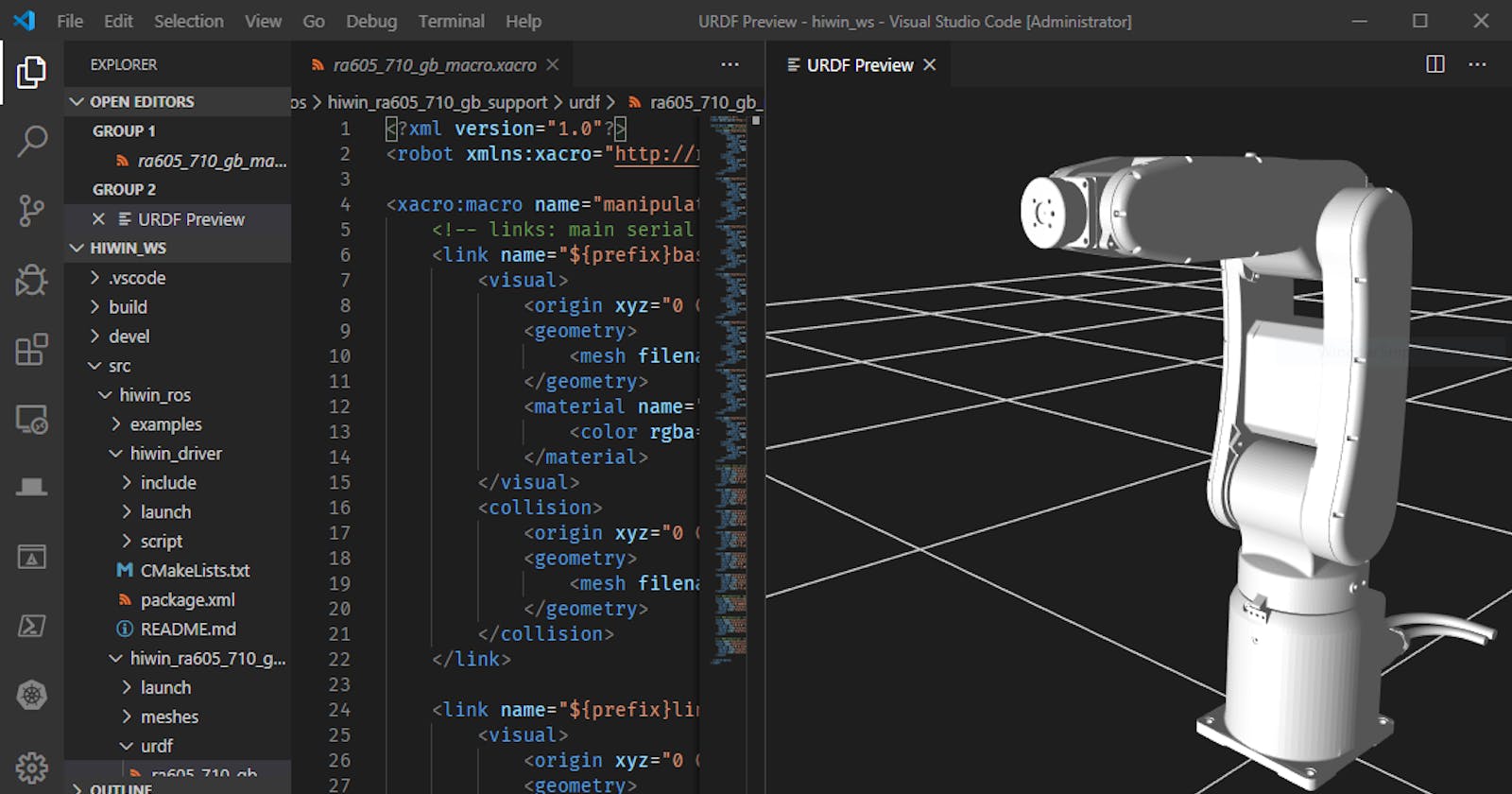URDF & SDF in ROS: Simplifying the Design and Simulation of Complex Robots
Robotics has seen a significant surge in popularity over the years, and with that, the demand for more complex robots has increased. One of the significant hurdles for designing and simulating complex robots is the complexity of their geometry and behavior. To solve this problem, the robotics community has created a set of standardized tools that help design, simulate, and test robotic models.
Also Read: Gazebo Simulation
In this blog post, we will discuss two of these tools - URDF and SDF - in the context of ROS, and why URDF is important for simulating a robot in Gazebo.
URDF (Unified Robot Description Format) is an XML file format used to describe the physical properties of a robot, such as its links, joints, and sensors. It is a widely used standard in the robotics community and is supported by various robotics tools, including ROS. URDF allows developers to create complex robot models with precise geometry, kinematics, and dynamics. This information can be used for visualization, control, and simulation purposes.
SDF (Simulation Description Format) is another XML file format that is used to describe the properties of a robot model in a simulation environment. SDF is primarily used by Gazebo, a popular robotics simulation tool that allows users to simulate the physics of a robot's movement in a 3D environment. SDF provides more features than URDF that are specific to the simulation environment, such as lighting, atmosphere, and physics engines.
Now, let's dive into why URDF is essential for simulating a robot in Gazebo. Gazebo uses URDF to represent the robot's physical properties, such as its links, joints, and sensors. URDF provides Gazebo with the necessary information to create an accurate 3D model of the robot, which is then used for visualization, control, and simulation. Without URDF, Gazebo would not know how to simulate the robot accurately in a 3D environment.
URDF is also essential for simulation because it allows developers to test their control algorithms on a virtual robot before deploying them to a physical robot. This ability to test and validate algorithms in a virtual environment saves developers time and money by identifying potential issues before they arise on a physical robot.
In conclusion, URDF is a critical component of ROS, especially when simulating robots in Gazebo. It provides the necessary information for creating an accurate 3D model of the robot, allowing developers to test their algorithms on a virtual robot before deploying them on a physical robot. SDF, on the other hand, is used in the simulation environment to provide more advanced features. Together, URDF and SDF are powerful tools that simplify the process of designing and simulating complex robots in ROS.
